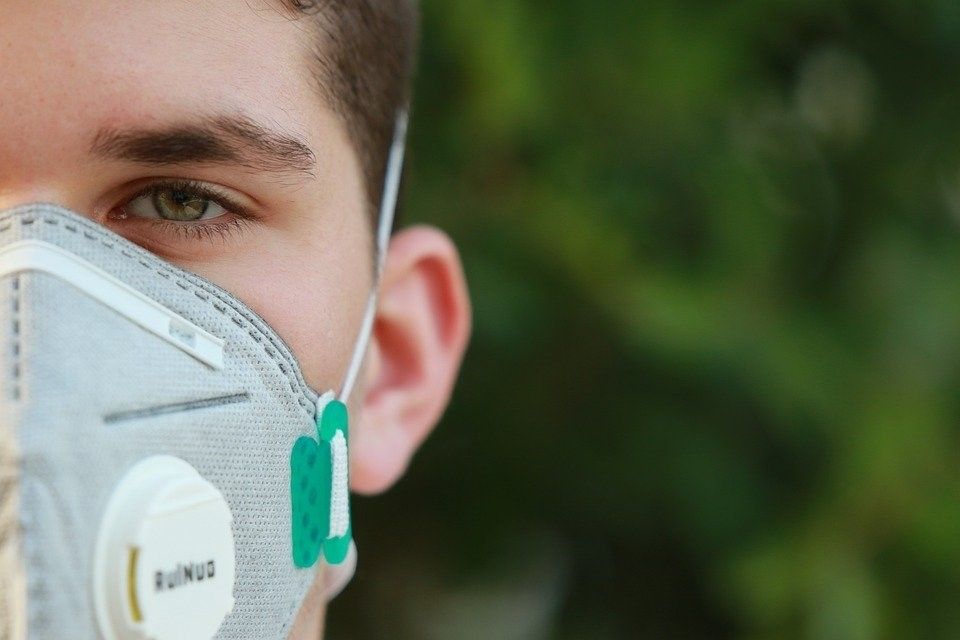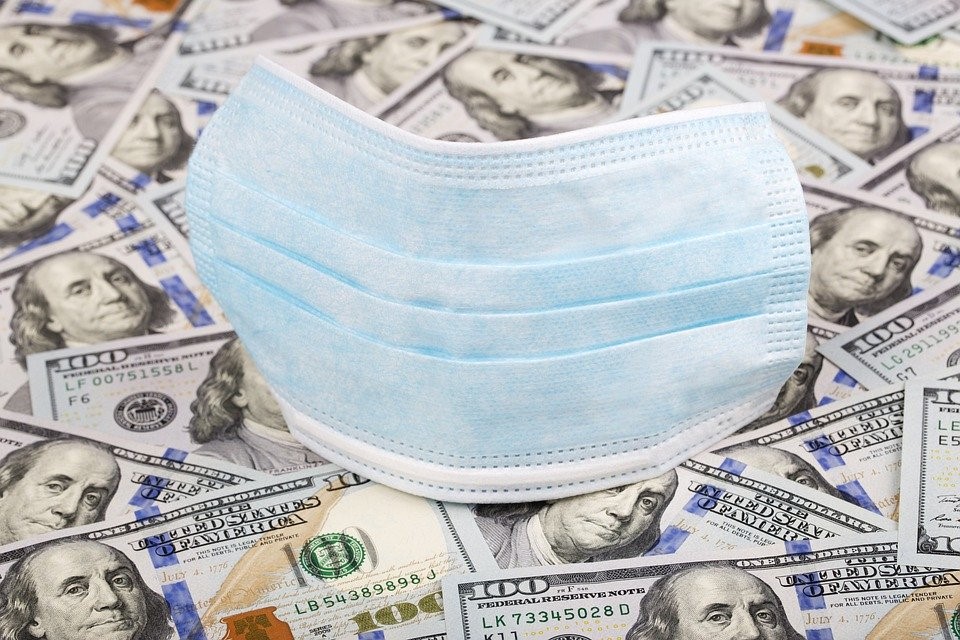Can the Philippines avoid a coronavirus-induced recession? It’s possible

MANILA, Philippines — As the global number of coronavirus cases surpassed the 2 million mark, talks of recessions have started to rumble. Although the financial health of countries is currently playing second fiddle to citizens' health, money markets don’t sleep.
Even as the number of deaths worldwide topped 147,000 in mid-April, investors and economists have been trying to predict which way the pendulum will swing.
While financial downswings are virtually inevitable for every major country, individual businesses and markets are responding in different ways.
Stocks in orange juice have spiked on the promise that Vitamin C can help fight off the virus. In contrast, oil stocks have endured a rollercoaster ride over the last six weeks, as lockdowns reduce the need for fuel.
In forex, some historical trends are proving themselves to be true.
Financial markets reveal economic impact
Most notable since the coronavirus struck is the strength of the US dollar. As it often does in times of crisis, USD has become the go-to currency for traders looking for a proverbial port in a storm.
The inherent strength of both the US economy and its currency tends to offer forex traders the potential for high yields when the markets are in chaos.
To the outsider, this might seem like a strange notion given that the US currently has one of the highest infection rates. Moreover, with the number of unemployed now above 22 million, the US economy is far from strong.
However, to those who ask "how does forex trading work," it’s all a matter of experience and confidence.
When traders use an online platform such as IG to invest in forex trading, they base many of their decisions on charts. Using something known as fast charts in conjunction with software like ProRealTime, traders can get detailed insights into the historical value of a currency.
The US dollar has always performed well both in times of plenty and trouble. In essence, the overall sentiment is that the dollar will always be strong.
When you combine this with other traditionally stable currencies such as the Euro, the price charts tend to be fairly stable during a crisis.
Although EUR/USD has dropped from almost 1.6/1 since early March, the currency pair has leveled out around 1.09/1 since April. Closer to home, this appears to be helping the peso.
Like all currencies, the Philippine peso has suffered due to the coronavirus. However, forex analysts suggest it's currently in a bullish position against the dollar. Part of the reason for this sense of optimism could be the Philippines' response to the COVID-19 crisis.

Potentially positive prognosis for the Philippines
In a bid to prevent a recession, the government announced a P27.1 billion ($500 million) stimulus package in March. Businesses initially called for a rescue effort 10x larger.
However, alongside the stimulus package, the government has sought to reallocate budgetary resources and take over private enterprises.
These measures may not be necessary or welcome in all instances. They are, however, a sign that the government is taking aggressive steps to prevent a recession.
This national strategy has been matched by efforts on a local level. Food lanes and travel exemptions for healthcare workers have been authorized by local governments.
Additionally, support systems for low-income households have been set up to work in tandem with national efforts to provide more resources to the healthcare sector.
With structures in place to help mitigate or stop a recession, experts have been free to tackle the novel coronavirus head-on. The only true way to restart the economy is to get the virus under control, make sure people are healthy, and reopen the country.
According to Dr. Ted Herbosa, this is starting to happen. Speaking on CNN Philippines’ New Day, the special adviser of the National Task Force Against COVID-19 said that the national curve is flattening.
“Actually, we have started to see the flattening. The doubling rate has decreased. Even our number of people [who] recover has already surpassed the number of our patients dying,” Herbosa said last April 17.
If the rate of infection is slowing, the Philippines could be in a strong position to recover in all areas. With the peso holding ground and the government stepping up with financial aid, the economy may bounce back.
Is it wounded? Yes. Will the coronavirus crisis leave a permanent scar? Almost certainly. Can the Philippines avoid a recession and reverse the downswing? At this stage, there’s every chance it can.
- Latest
- Trending































